#469 – How to Understand and Use Viking Sprinkler Part Numbers
January 15, 2025
Fire sprinkler SINs are very useful identifiers, but they don’t tell you everything. Here’s how to read and use Viking sprinkler part numbers.
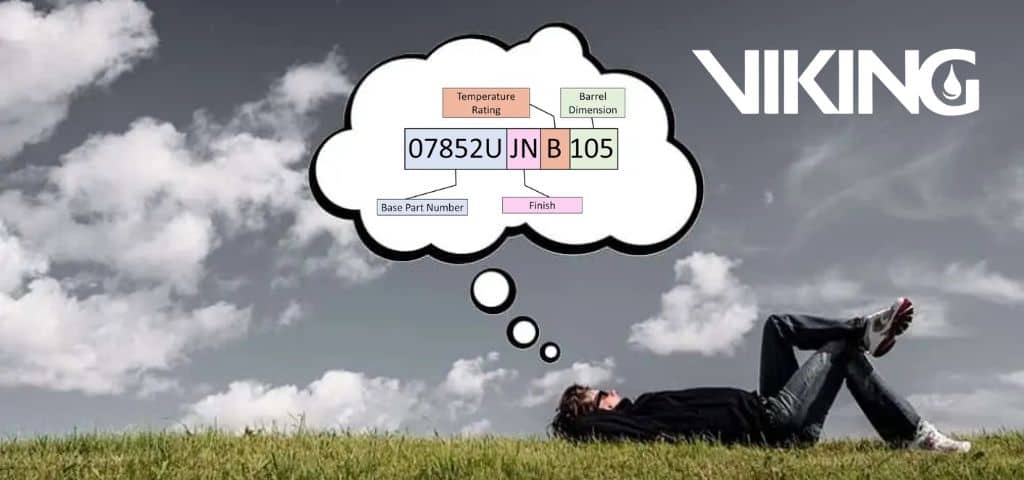
January 15, 2025
Fire sprinkler SINs are very useful identifiers, but they don’t tell you everything. Here’s how to read and use Viking sprinkler part numbers.
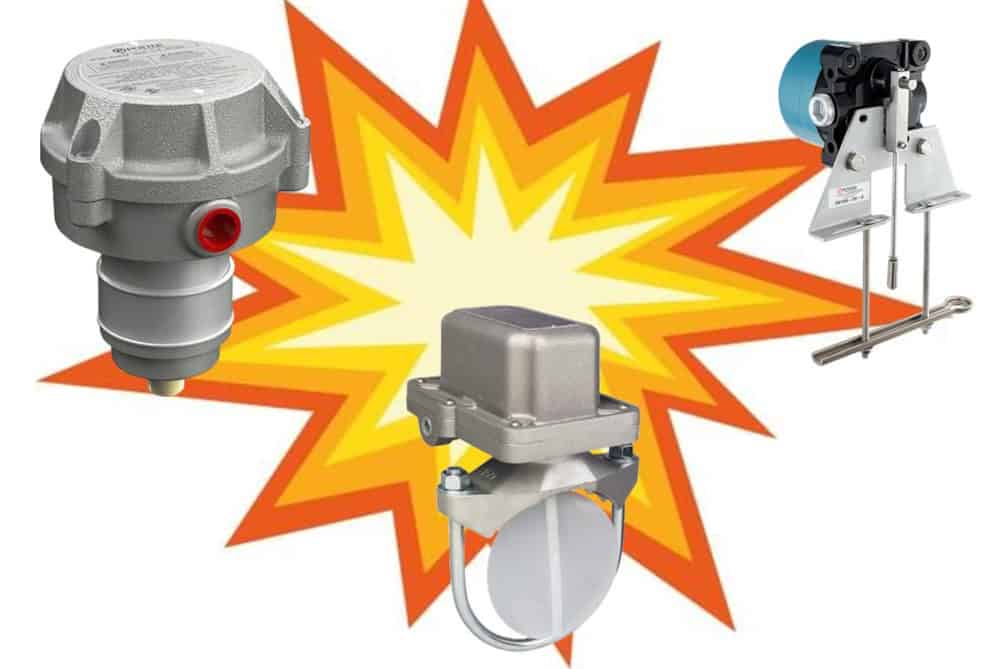
January 1, 2025
In some hazardous environments, essential but standard fire protection devices could actually cause fires! Learn about explosion-proof equipment that helps prevent these issues, including flow switches, tamper switches, and other devices.
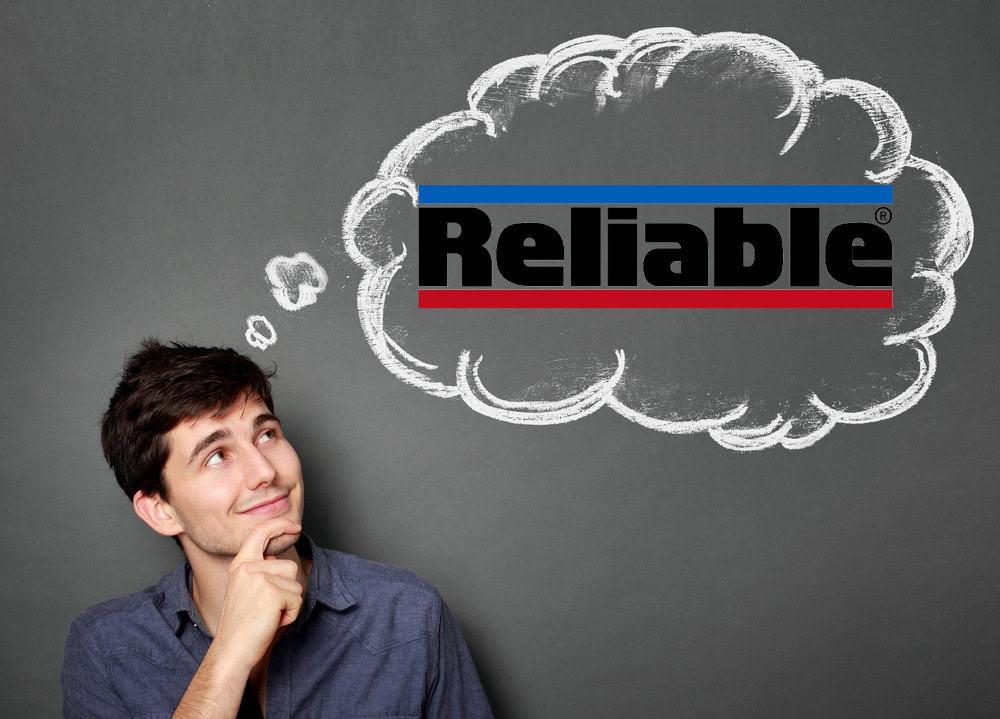
December 18, 2024
Reliable fire sprinkler part numbers and short codes can help get precisely the right equipment Every fire sprinkler has a SIN, or sprinkler identification number. … Read more
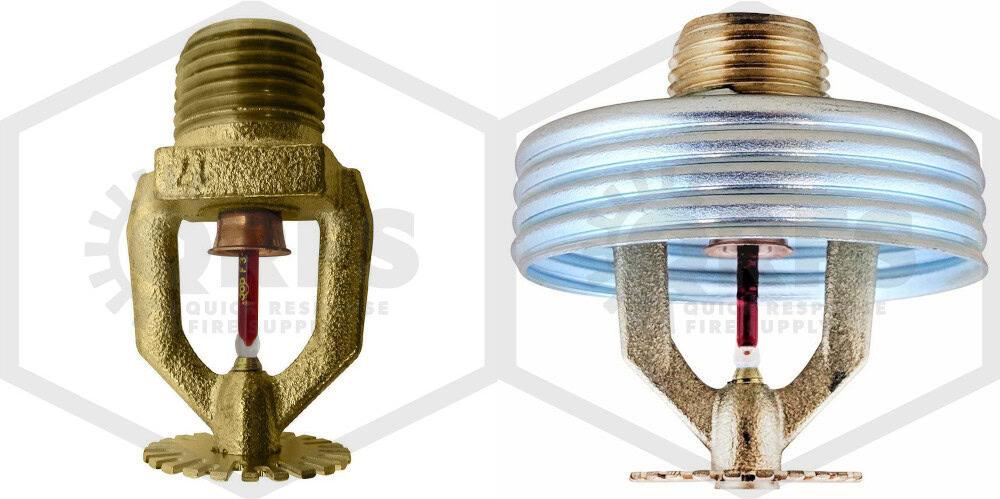
December 4, 2024
One unique sprinkler identification number (SIN) often indicates whether a sprinkler is a concealed or exposed model. But there are exceptions! Learn about dual-application versions and how to ID and order them properly.
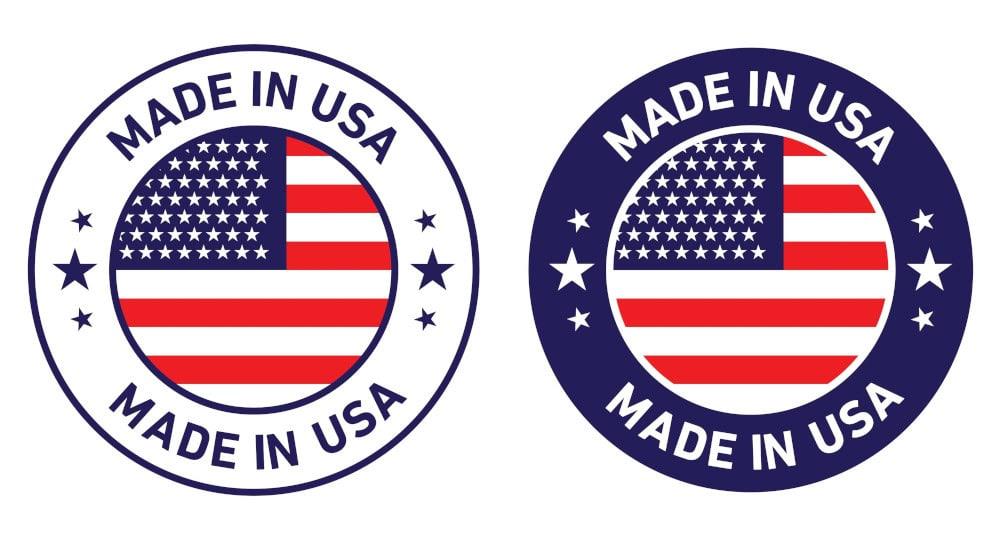
November 20, 2024
American-made fire sprinklers and other fire protection parts aren’t hard to find! Learn how to comply with the Buy American Act and Build America, Buy America rules for qualifying fire protection projects.
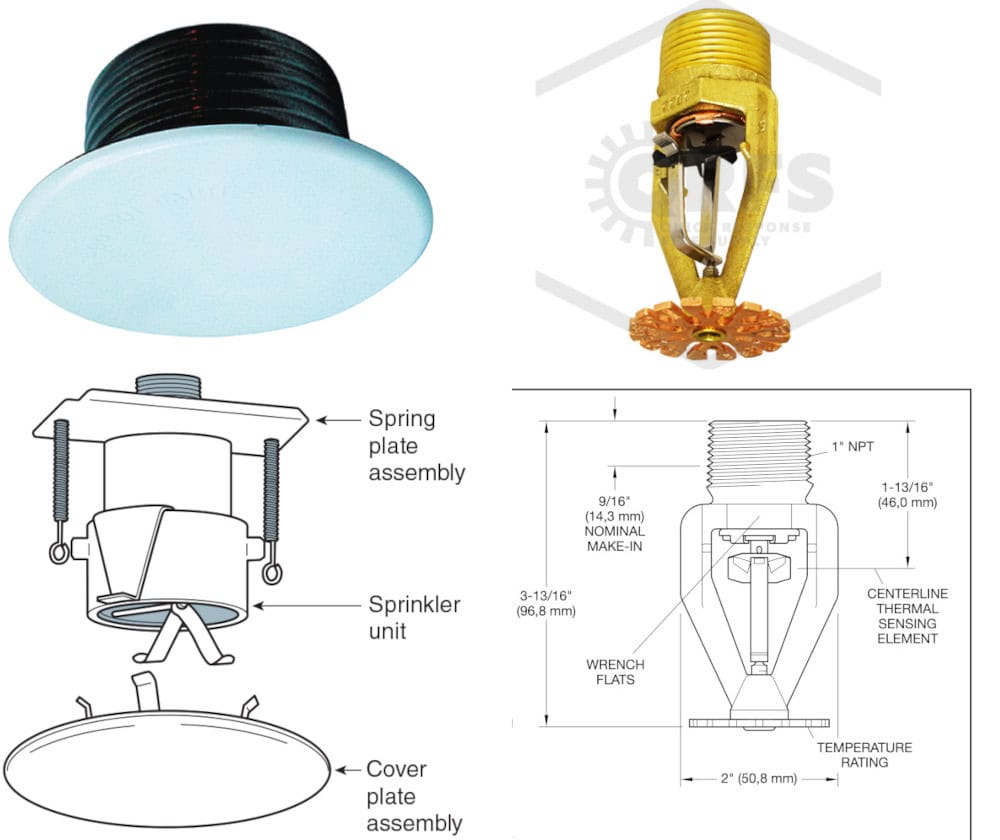
November 6, 2024
NFPA standards and other documents reference the sprinkler assembly and specify which accessories must be part of it. Read this guide!
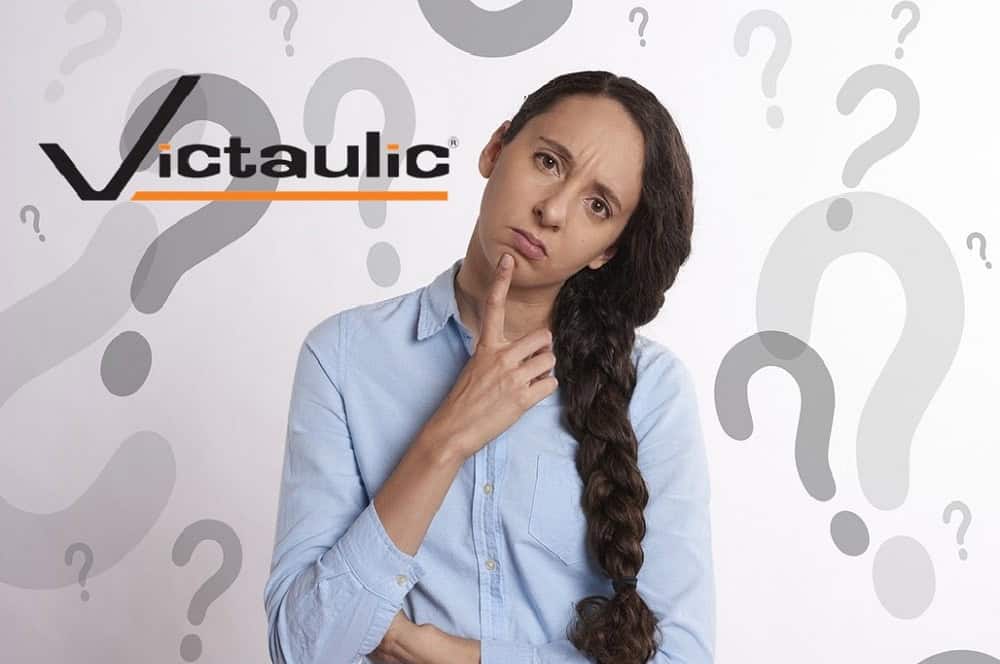
October 23, 2024
Fire sprinkler SINs are very useful identifiers, but they don’t tell you everything. Here’s how to read and use Victaulic sprinkler part numbers.
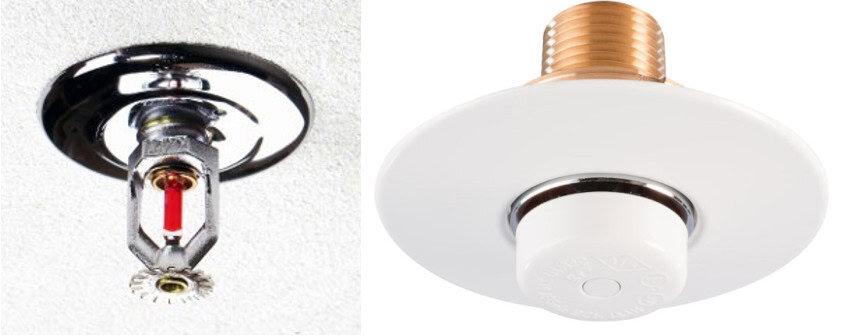
October 9, 2024
The term “flush sprinkler escutcheon” can mean two different things in fire protection, and only one needs a listing. Learn to spot the difference!

September 25, 2024
Fire sprinkler ID numbers (SINs) are very useful identifiers, but they don’t tell you everything. Here’s how to read and use Tyco sprinkler part numbers.
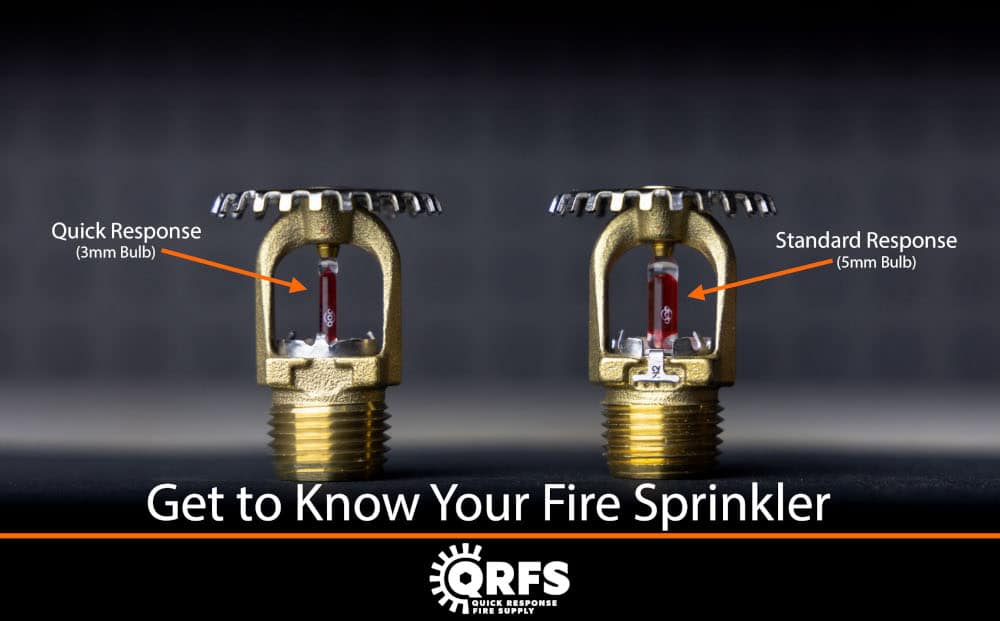
September 11, 2024
Some fire sprinklers can be rated quick and standard response despite having the same physically designed thermal sensitivity. Learn why!
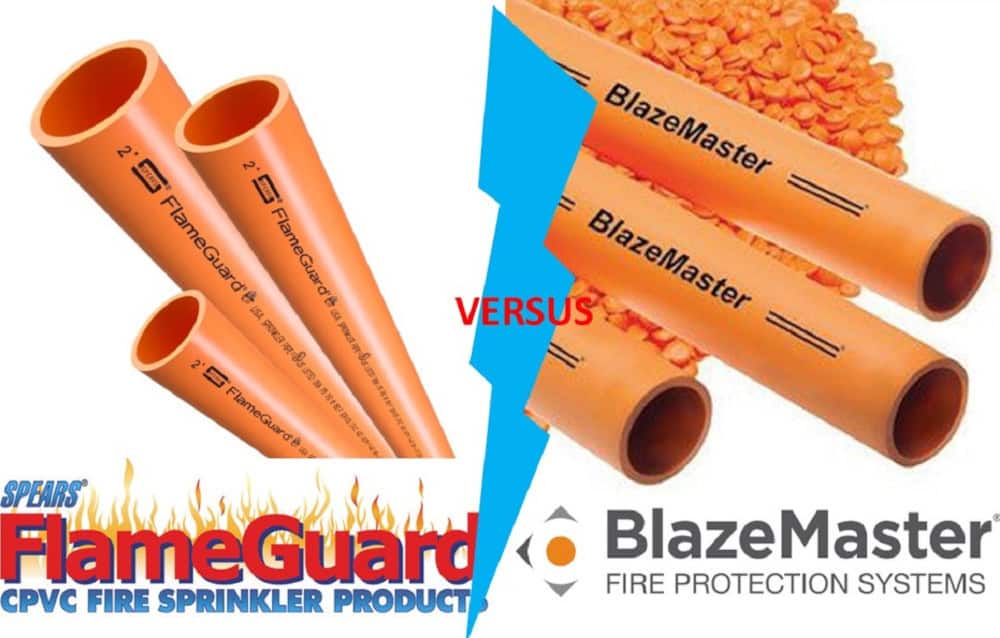
August 28, 2024
FlameGuard and BlazeMaster CPVC pipe are both listed for fire protection use, so how different are they? Dive into their specs to see which orange pipe is on top!